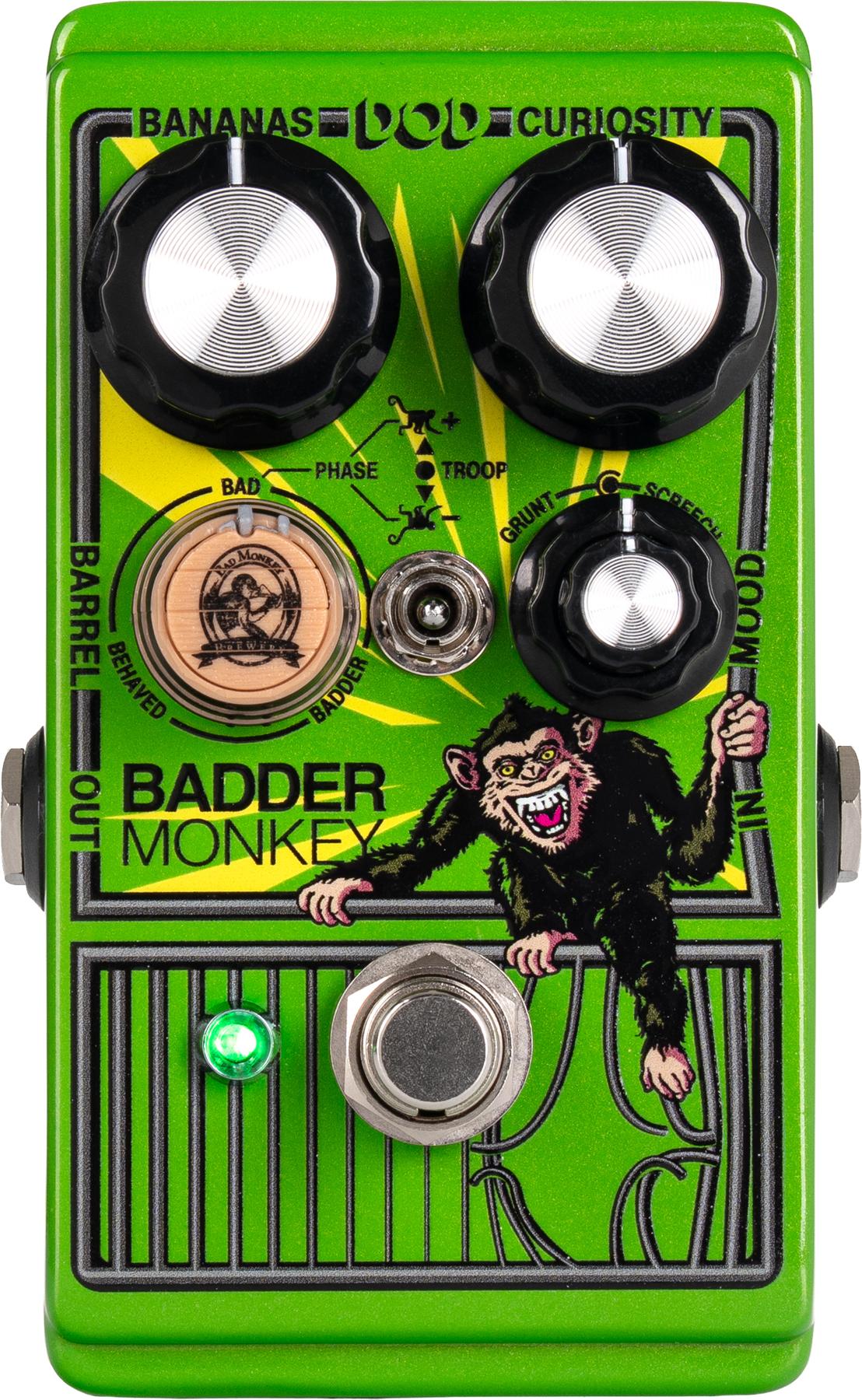The Warg is a modern revamp of the Ace Tone “Fuzz Master” FM-3, designed to offer uniquely aggressive high-gain options.
"Despite its feral exterior, the Warg is refined under the hood, with several quality-of-life improvements, like silent soft true-bypass switching, top-mounted jacks, high-end German-made hardware and premium internal components."
Features:
- EQ profile switch toggling between the scooped wall of fuzz tones of the original circuit, and a flat profile with a fuller and punchier midrange
- Versatile tone control and broad gain range allows for anything from chunky riffage to searing leads
- Silent soft touch switching system via an internal relay
- Art by the talented Jordan from Pine-Box Customs
Like all Evil Eye FX pedals, the Warg features a lifetime warranty and is hand-built one-at-a-time in Philadelphia, PA.
Street price of $149.
Available now at www.evileyefx.com, or through any of our fine retailers.
Evil Eye FX is a joint venture from childhood friends and bandmates Sean and Ben, building their brand around their love of DnD and other tabletop RPGs, video games and fantasy. In 2019, the pair began modding BOSS pedals to meet the needs of their band, and quickly fell in love with the craft. In 2023, they founded Evil Eye FX with the vision of providing unique handmade pedals at working musician-accessible prices.
Check out Jackson Brooksby’s look at the history of the FM-3 and demo of the Warg.










![Rig Rundown: Russian Circles’ Mike Sullivan [2025]](https://www.premierguitar.com/media-library/youtube.jpg?id=62303631&width=1245&height=700&quality=70&coordinates=0%2C0%2C0%2C0)










